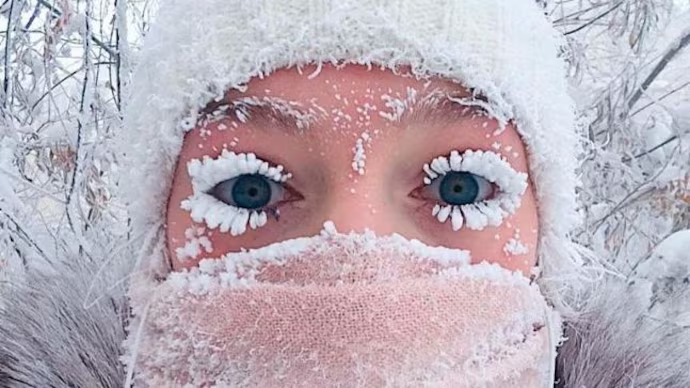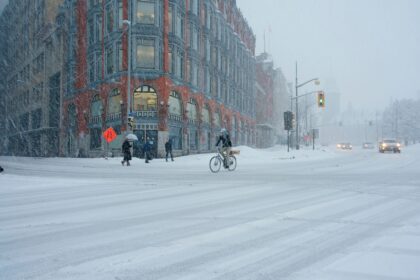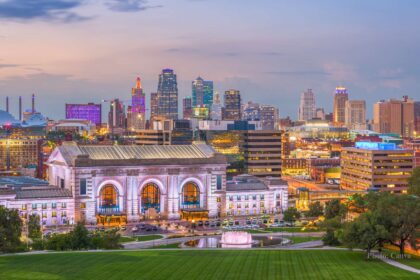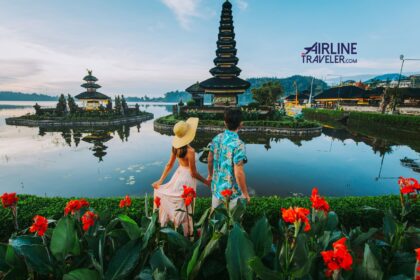Introduction
Imagine stepping outside and feeling your breath freeze the moment it leaves your mouth. Now, imagine that’s your daily reality! Some places on Earth are so cold that stepping outside unprotected for even a few minutes could lead to frostbite or hypothermia. But why do these places get so cold, and how do people survive there? Let’s find out!
What Makes a Place Extremely Cold?
Several factors contribute to extreme cold, including:
- Latitude: The closer a place is to the poles, the colder it tends to be.
- Altitude: Higher altitudes generally mean lower temperatures.
- Lack of Sunlight: Some of the coldest places experience months without sunlight.
- Wind Chill: Strong Arctic winds can make already freezing temperatures feel even worse.
Now, let’s explore the top 10 coldest places on Earth.
The 10 Coldest Places on Earth
1. Dome Fuji Station, Antarctica (-128.6°F / -89.2°C)
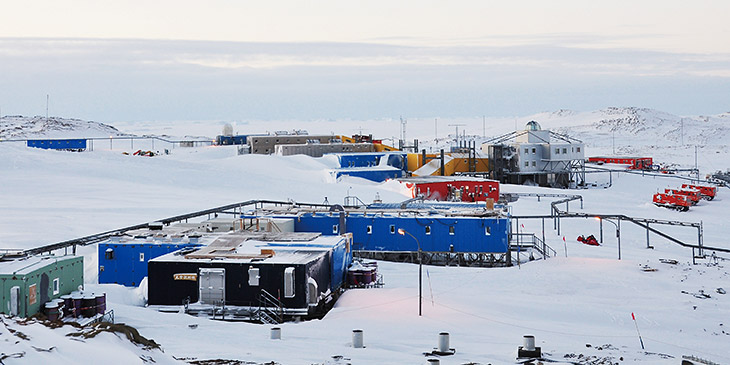
Located in the heart of Antarctica, Dome Fuji Station holds the record for the coldest temperature ever recorded on Earth. The air is so dry and cold that ice crystals float in the atmosphere.
2. Vostok Station, Antarctica (-128.6°F / -89.2°C)
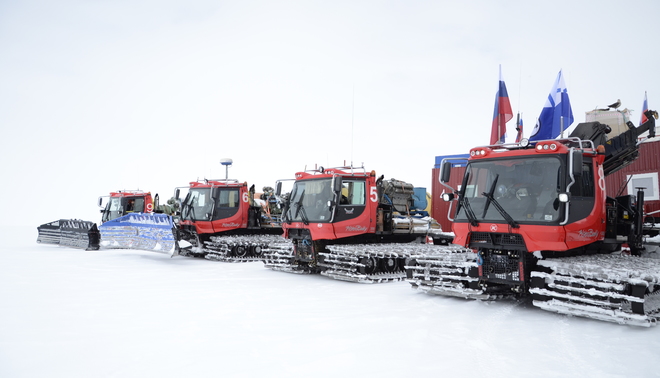
This Russian research station experiences some of the harshest winter conditions imaginable. Temperatures here rival those of Dome Fuji, making it another contender for the coldest place on Earth.
READ ALSO: 15 Amazing Affordable Winter Vacations in the World
3. Dome A, Antarctica (-126.9°F / -88.3°C)
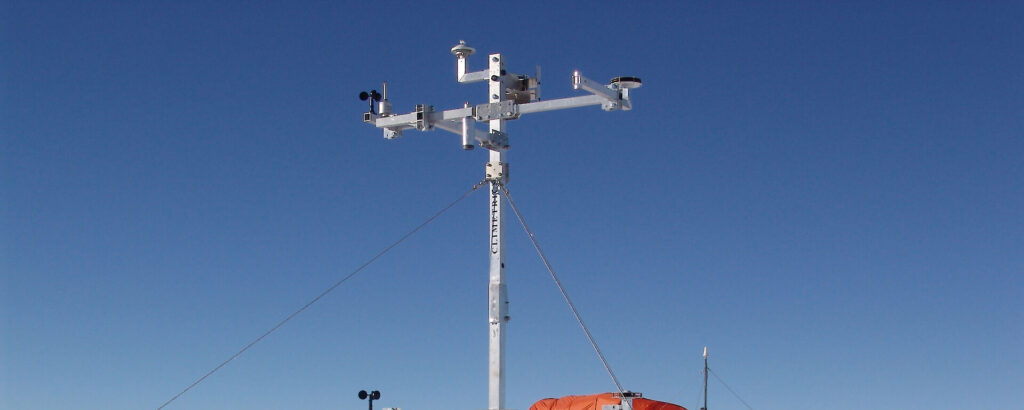
Dome A is another Antarctic location where the ice sheet is miles thick. The air pressure is low, and temperatures barely rise above -70°F, even in the summer.
4. Summit Camp, Greenland (-86.8°F / -66°C)
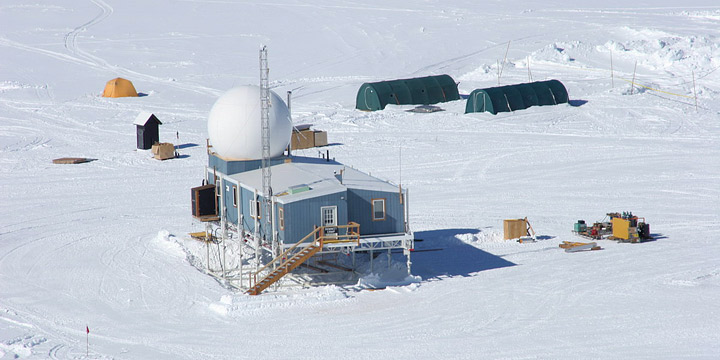
While Antarctica dominates the coldest locations, Greenland holds its own. The Summit Camp experiences relentless Arctic winds, keeping temperatures far below freezing year-round.
5. Oymyakon, Russia (-89.9°F / -67.7°C)
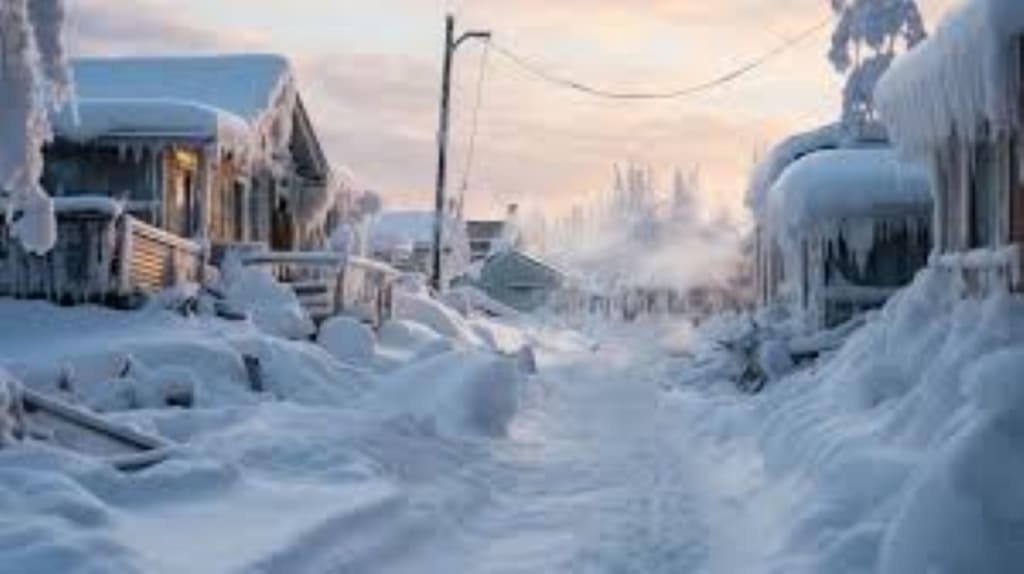
Welcome to the coldest permanently inhabited place on Earth! People live here, despite temperatures that can freeze boiling water mid-air.
6. Verkhoyansk, Russia (-89.6°F / -67.6°C)
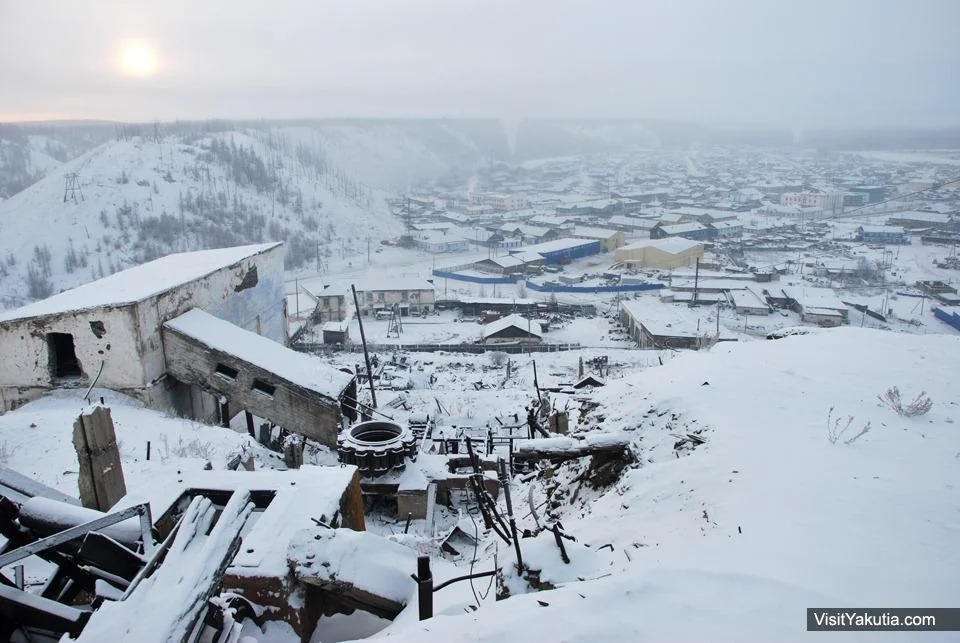
Often competing with Oymyakon for the coldest inhabited place, Verkhoyansk sees winters that last more than six months.
7. Denali, Alaska (-100°F / -73.3°C)
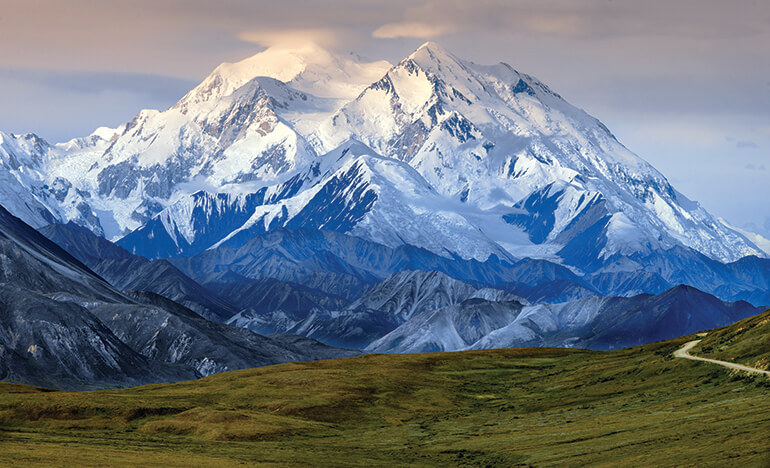
Denali, North America’s highest peak, sees brutal temperatures due to its altitude and strong winds from the Arctic.
8. Eureka, Canada (-67.5°F / -55.3°C)
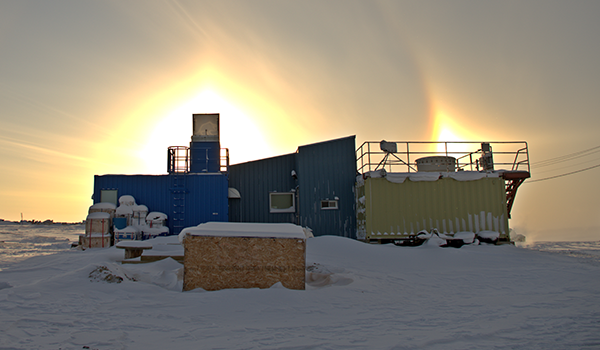
This small Arctic research station is one of the coldest places in Canada. It’s surrounded by ice year-round, and only a handful of people work there.
9. Svalbard, Norway (-46°F / -43°C)
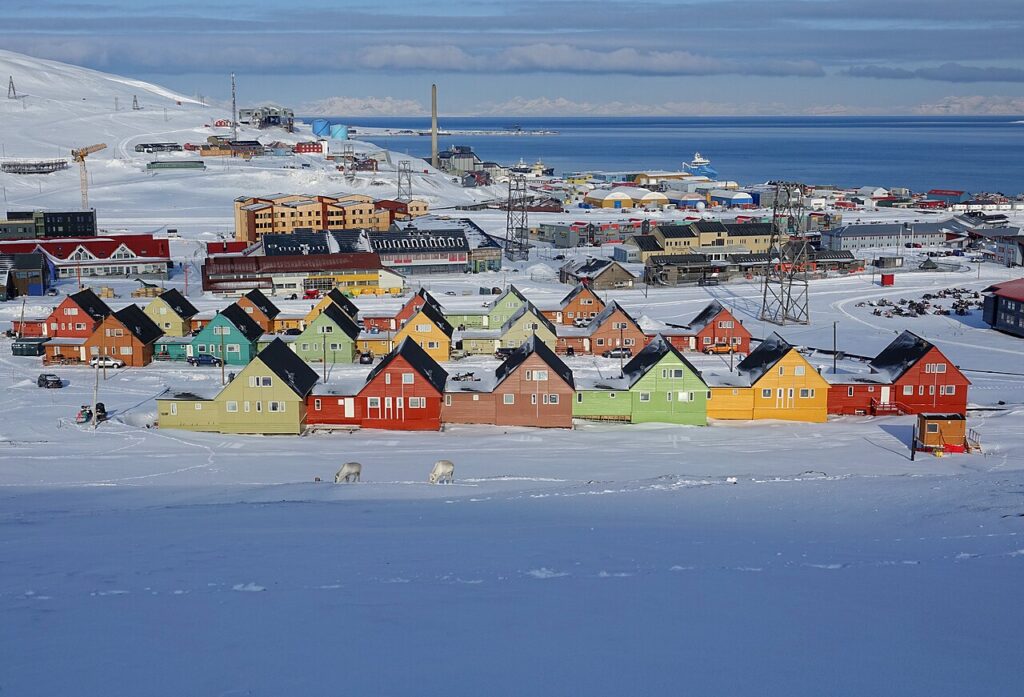
Located in the Arctic Circle, Svalbard is home to polar bears, glaciers, and extreme cold. Winters here are long and dark, with little respite from the freezing temperatures.
10. Ulaanbaatar, Mongolia (-49°F / -45°C)
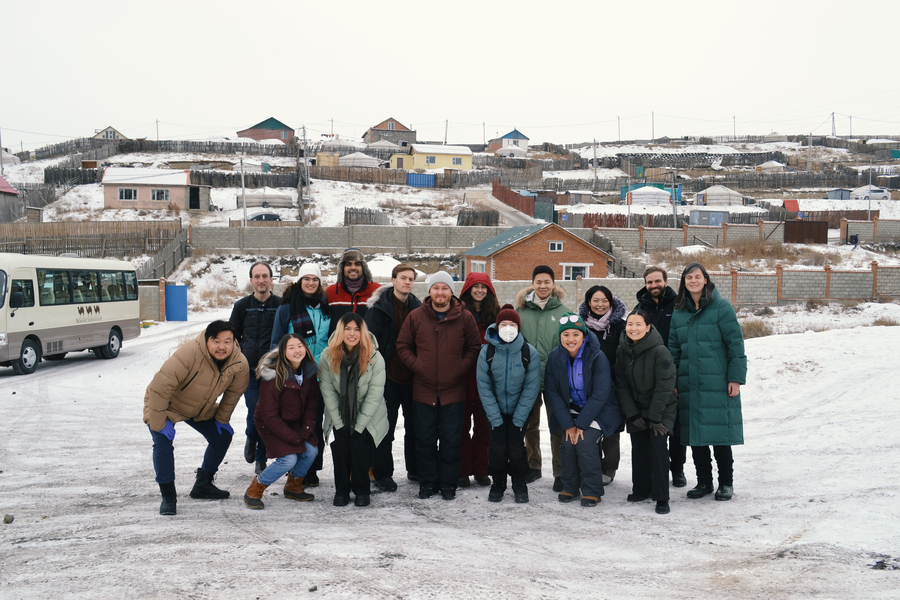
The capital city of Mongolia is the coldest capital in the world. Even with modern infrastructure, people face extreme winters that can last for months.
How Do People Survive in These Extreme Conditions?
- Special Clothing: Layers of insulated clothing protect against frostbite.
- Adapted Homes: Houses are built with extra insulation and heating systems.
- Diet: People eat high-calorie foods to stay warm.
- Transportation: Dogsleds, snowmobiles, and special winter vehicles help navigate the terrain.
Conclusion
The coldest places on Earth push the limits of human endurance. Whether research stations in Antarctica or small towns in Siberia, these locations showcase both the power of nature and the resilience of people who call them home.
FAQs
- What is the absolute coldest temperature ever recorded?
- -128.6°F (-89.2°C) at Dome Fuji Station, Antarctica.
- How do animals survive in these freezing temperatures?
- Thick fur, fat layers, and hibernation help animals endure extreme cold.
- Can tourists visit any of these places?
- Yes, places like Svalbard and Oymyakon allow visitors, but extreme precautions are needed.
- Why do some people choose to live in such extreme cold?
- Cultural heritage, work opportunities, and adaptation over generations.
- Are temperatures in these places getting colder or warmer?
- Climate change is causing fluctuations, with some areas experiencing warming trends.
In another related article, Packing Guides for Winter Travel



